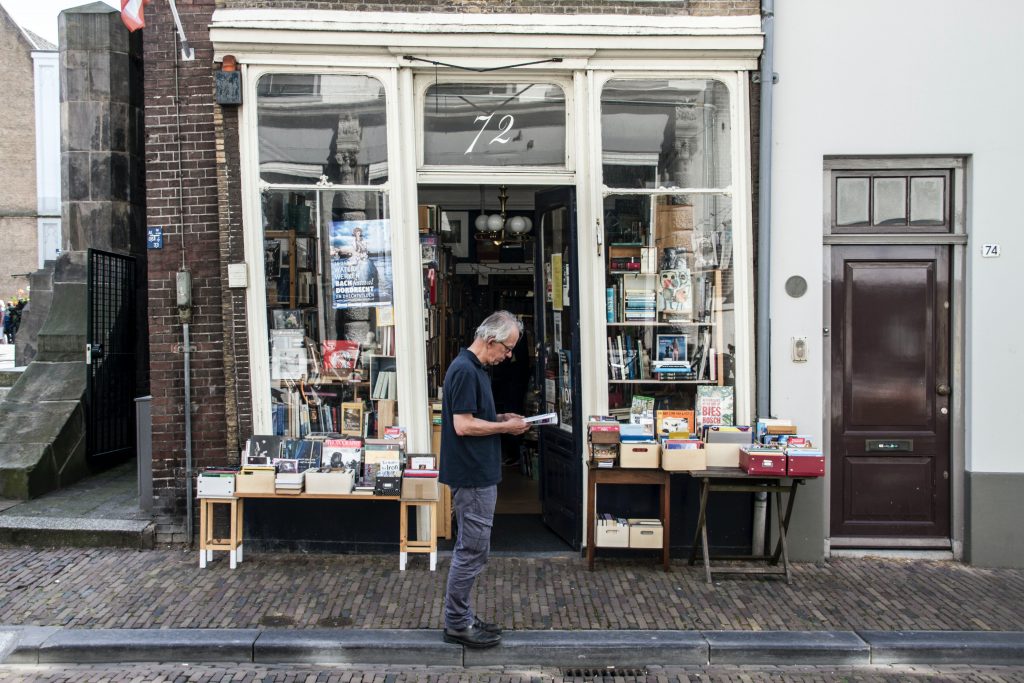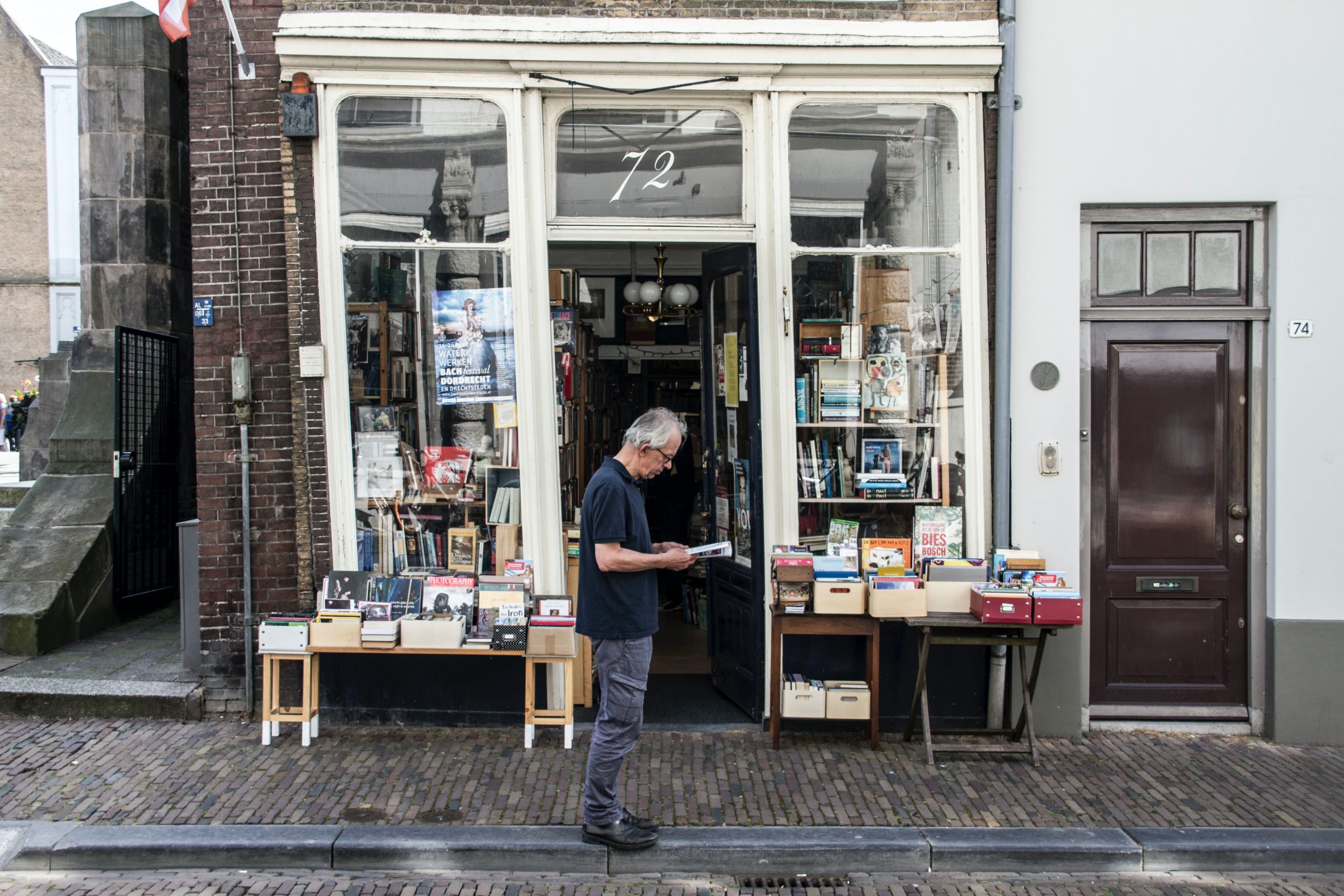
ARTICLE
How to reduce energy use in a retail business
Businesses in the retail sector often have high energy bills due to the need to keep the premises comfortable and well-lit for potential customers. But there are ways to maintain comfort whilst reducing energy use – here’s how to reduce energy use in retail businesses.
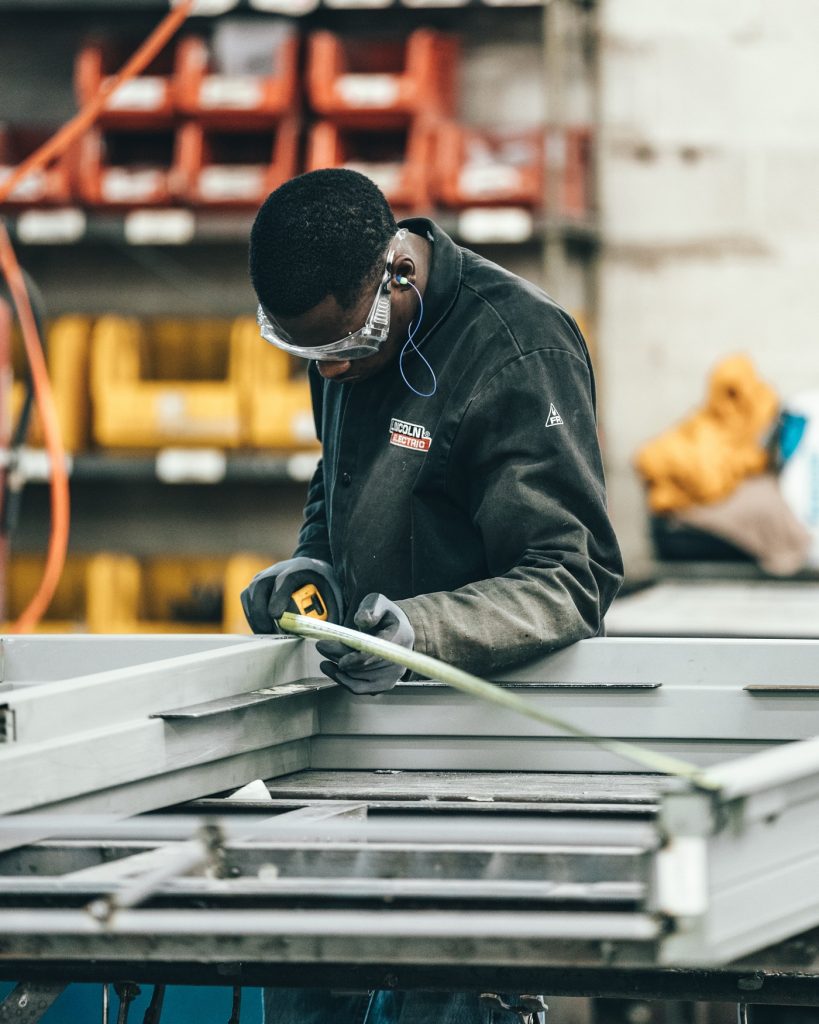
How to reduce energy use in manufacturing
Every business or organisation could improve their energy efficiency, reducing energy use, running costs, and environmental impact. But different measures and actions make sense for different business types and premises.
For retail businesses, the main areas of energy use will come from the need to keep the premises warm and well-lit for potential customers coming in and out of the premises. For those in the food and drink sector, refrigeration and cooled storage can also use a huge amount of energy.
So with this in mind, what kind of energy efficiency improvements and actions should retail businesses be thinking about?
Energy efficient lighting
For retail businesses, lighting is usually particularly important. Products need to be well-lit to attract potential customers – and there may also be several backlit signs adding to this. Often this means a large number of lights are used in the premises which are left on for the full working day – using a lot of energy.
This could be reduced in two key ways:
Switch lights off when not needed
Natural lighting is always preferable to artificial lights, and retail businesses will often have large windows which allows natural light to flood in during the daylight hours. Brief staff in the shop front to ensure lights are only on when needed.
Plus, you could even install timers or sensors to automate this, ensuring lights come on and off when needed – without any need for human intervention. This is particularly useful in areas of the premises which aren’t used all day long. For instance stock rooms or toilets could have movement sensors which mean that lights turn on when someone enters the room, and off when they leave – reducing wasted energy.
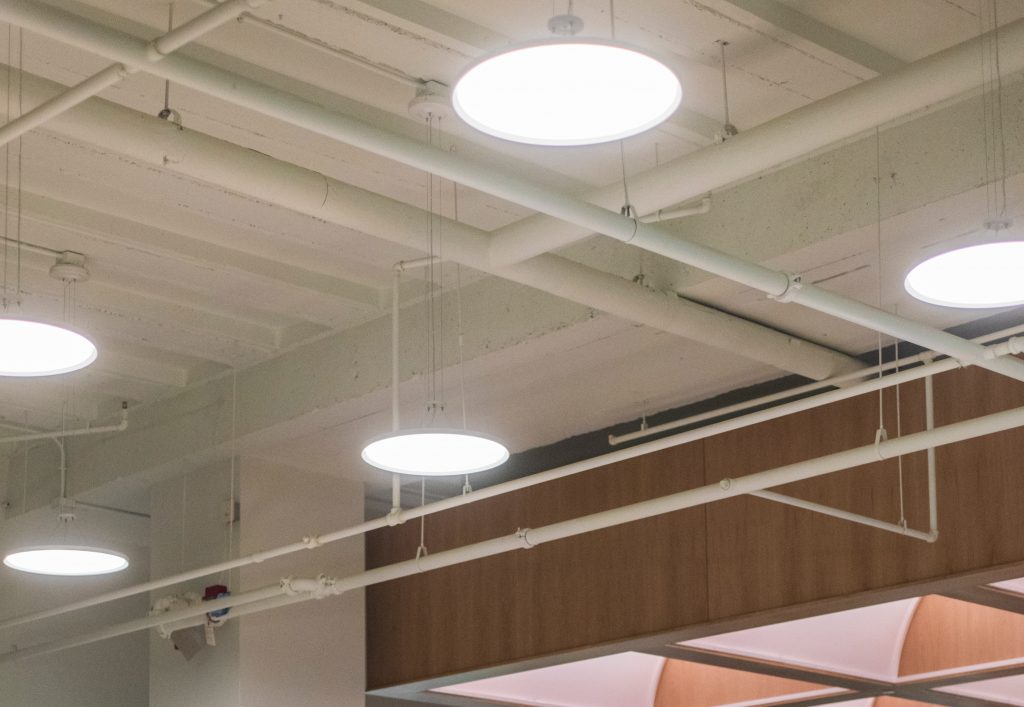
Are your workplace LED lights too bright?
Switch to energy saving LED light bulbs
If your retail business has light fixtures which use traditional, incandescent light bulbs, now is the time to get rid. LED light bulbs are much more efficient at turning energy into light output, meaning that they use much less energy and last a lot longer – cutting your running costs.
It’s worth being aware that LED light bulbs can often seem much brighter than old-style light bulbs, because they’re so much more efficient. Make sure you choose the right bulbs to help with this, choosing a lower wattage and perhaps a ‘warm white’ colouring instead of ‘cool white’.
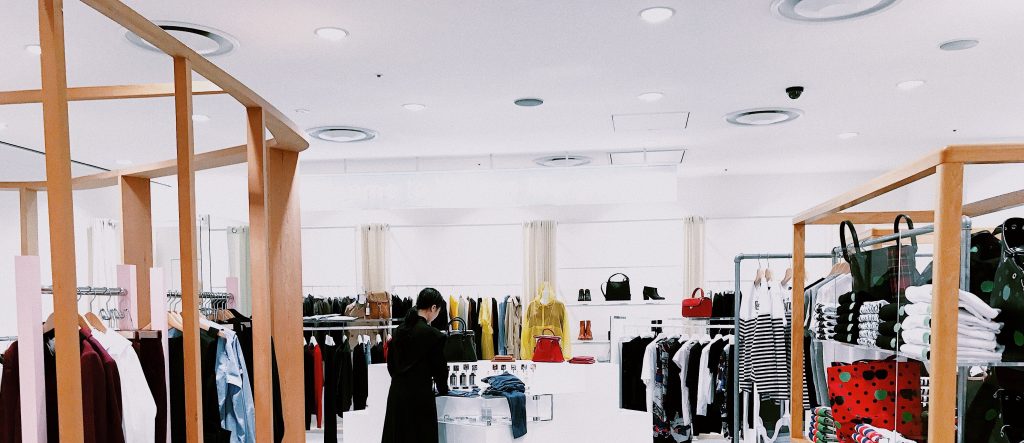
Reduce heating needs
Heating usually accounts for 60% or more of a business’ annual energy use. For retail businesses this could be even more. They often have an elevated need to keep premises warm and comfortable for staff and customers, especially in shop fronts where doors may be opening and closing all day long. There are several ways to reduce energy spend on heating in retail businesses.
Make sure you aren’t losing excess heat through doors
Retail businesses are often particularly susceptible to heat loss because they have doors opening and closing all day long – whether that’s customers coming in and out of a shop space, or deliveries for loading into the store room.
Increasing staff awareness about energy use can help, for instance by having a ‘closed door policy’ and asking staff to close the door if a customer leaves it open.

You could also consider installing an automatic door which will open when a customer enters and close behind them automatically, reducing heat loss. Alternatively, you could install a lobby area, where you have two doors before the customer enters the shop front, meaning that the outer door should be closed before the inner door is opened, preventing heat loss.
It’s also worth assessing any shutters you have on your shop front or storeroom loading bay. Often these are made of metal and uninsulated, meaning that heat is lost from the building overnight. Installing an insulated shop shutter or loading bay doors will reduce this.
Turn down the temperature
It’s easy to ramp up the temperature in retail businesses to ensure customers are nice and warm. But, remember that customers will be coming from the outside, and so will likely be wearing coats and hats if it’s cold outside. It’s therefore more likely that they’ll be too hot entering your shop than too cold.
Of course, it’s important to keep staff warm and comfortable too, but you could consider ensuring that staff are wearing warm clothing to enable the temperature to be reduced in the retail space – especially if they wear a uniform of any kind.
Make sure that staff can easily control temperature in the building too, as this will prevent them from opening windows when they’re too hot instead of turning down the temperature.
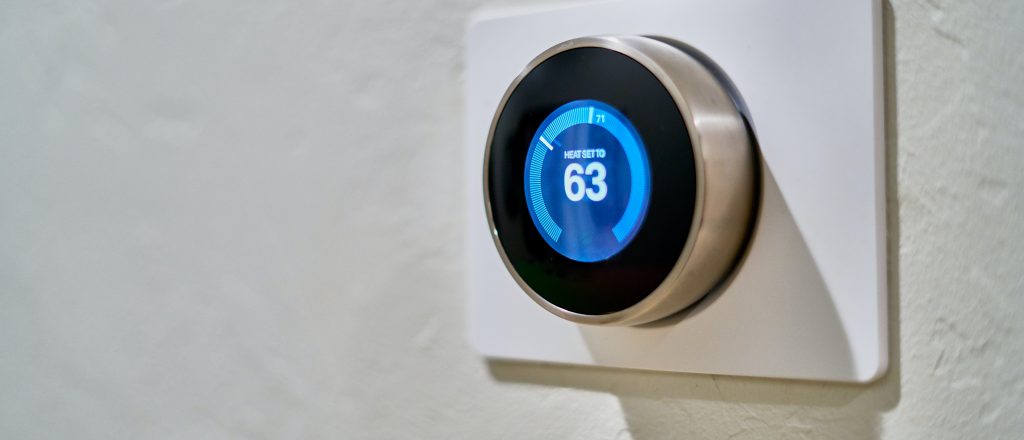
Consider a Heating, Ventilation, and Air Conditioning (HVAC) system
Alongside heating, retail businesses often use a high amount of energy on ventilation and cooling systems to keep the space cool in the warmer months, and to allow fresh air in. Heating, Ventilation, and Air Conditioning (HVAC) systems can meet these needs in a more controlled and efficient way.
HVACs provide heating, ventilation, and air cooling all in one system. They are designed to create the optimal climate indoors – one that’s a constant temperature all year round, with a healthy air flow. They’re also much more energy efficient than most heating and air conditioning systems, so they’ll reduce energy usage in the building.
HVACs will often incorporate Air Source Heat Pumps as the heating element, which are a low carbon way of heating the space. There are also other solutions depending on the size, layout, and needs of your premises.
Even if a HVAC isn’t right for your retail business, it’s still worth assessing your existing systems for heating, ventilating, and cooling your premises. It may be that replacing one element can help to reduce running costs and carbon emissions from your premises.
Cooled storage
For retail businesses in the food and drink industry, refrigeration units will be a large proportion of energy use. Fridges and freezers are energy intensive, and usually need to be constantly switched on – but they’re also a must for health and safety and meeting guidelines.
Some ways to reduce the energy use of refrigeration units are:
- Ensure staff (and customers) are closing chiller doors every time – you could put up posters nearby as a clear reminder.
- Explore insulation options. This could be technology that allows you to insulate the outside of refrigeration units to reduce energy loss, such as aerofoil. Or, if you have refrigeration units in a storeroom or walk-in cold rooms, you can install insulating blinds and door seals to keep the cold in and reduce wasted energy.


Thanks for reading!
Energy Solutions Oxfordshire is a complete energy efficiency service, helping organisations lower their energy use, while saving time and money.
You might also like…

We need to get the next generation excited about green jobs

Thinking about generating your own energy?

Hospitality & leisure eyeing solar PV amid price crisis, survey finds
